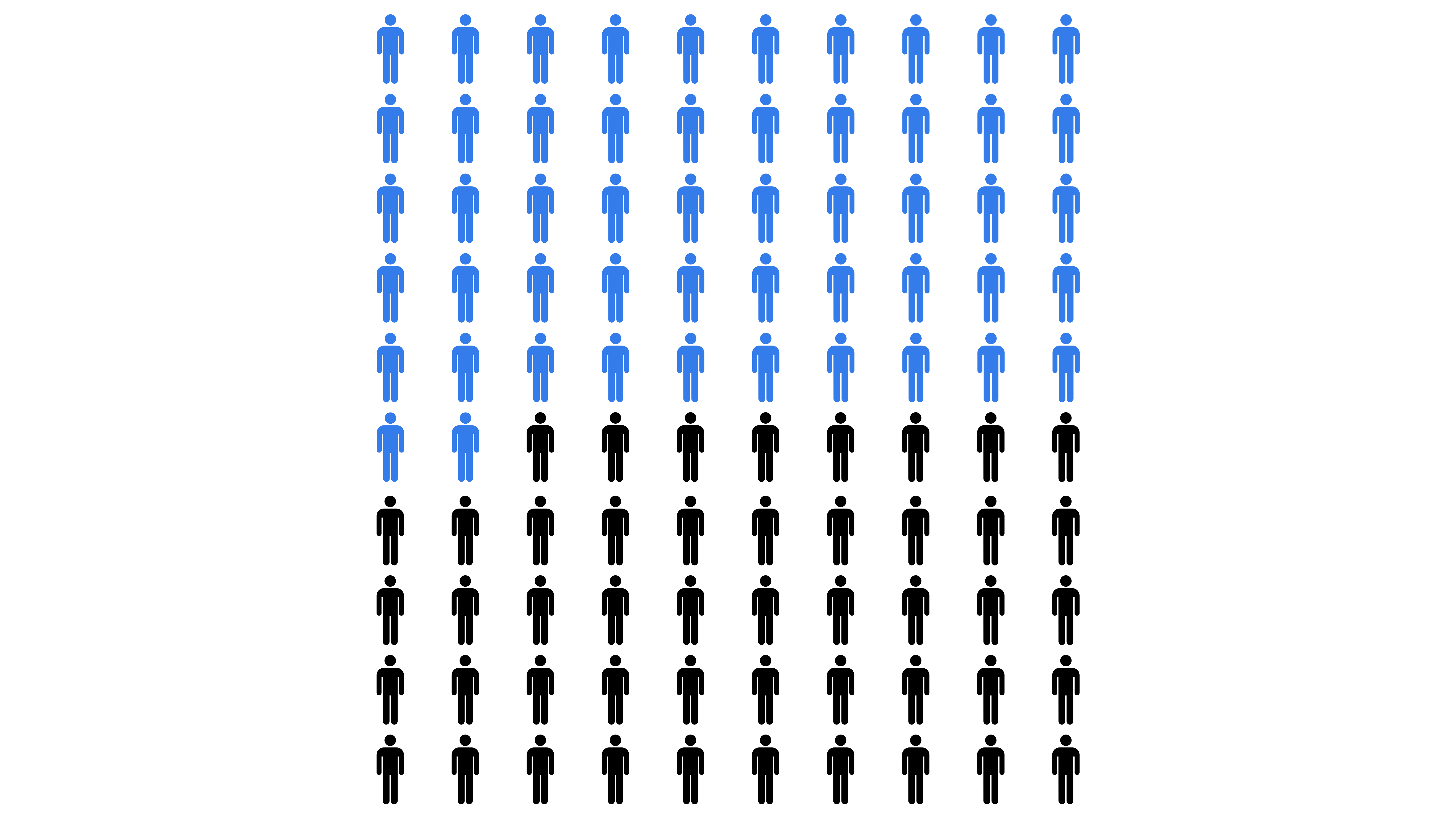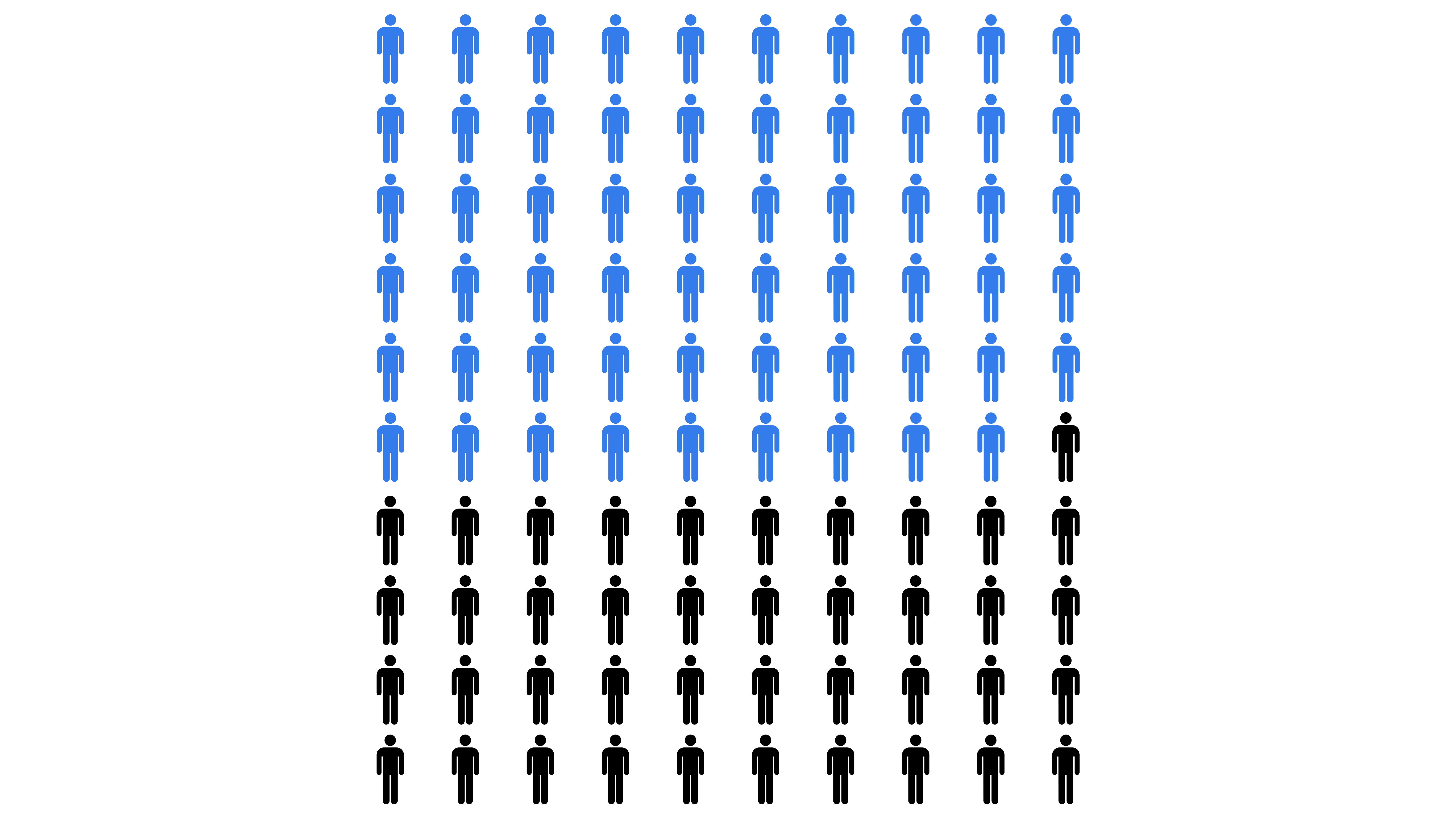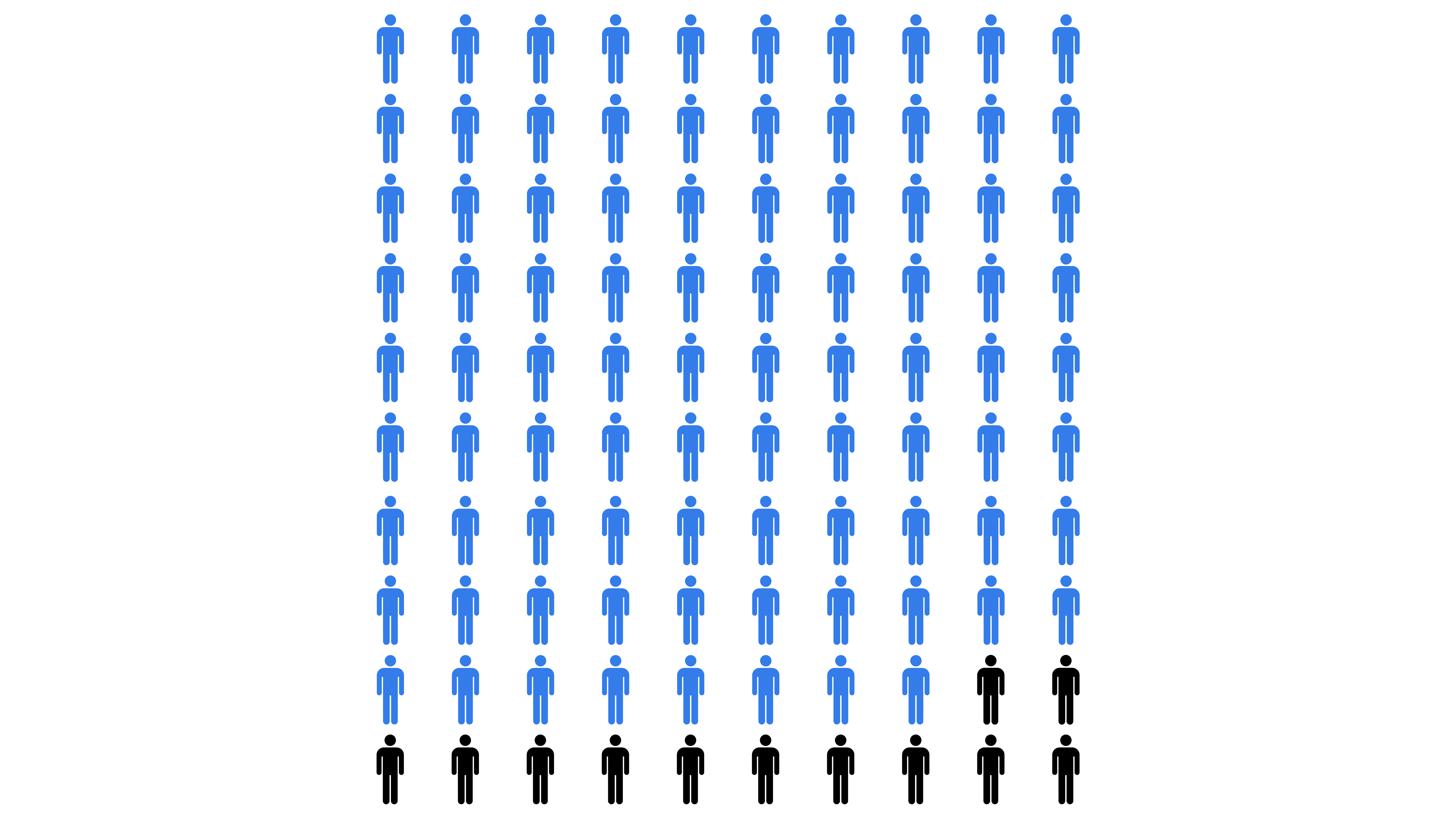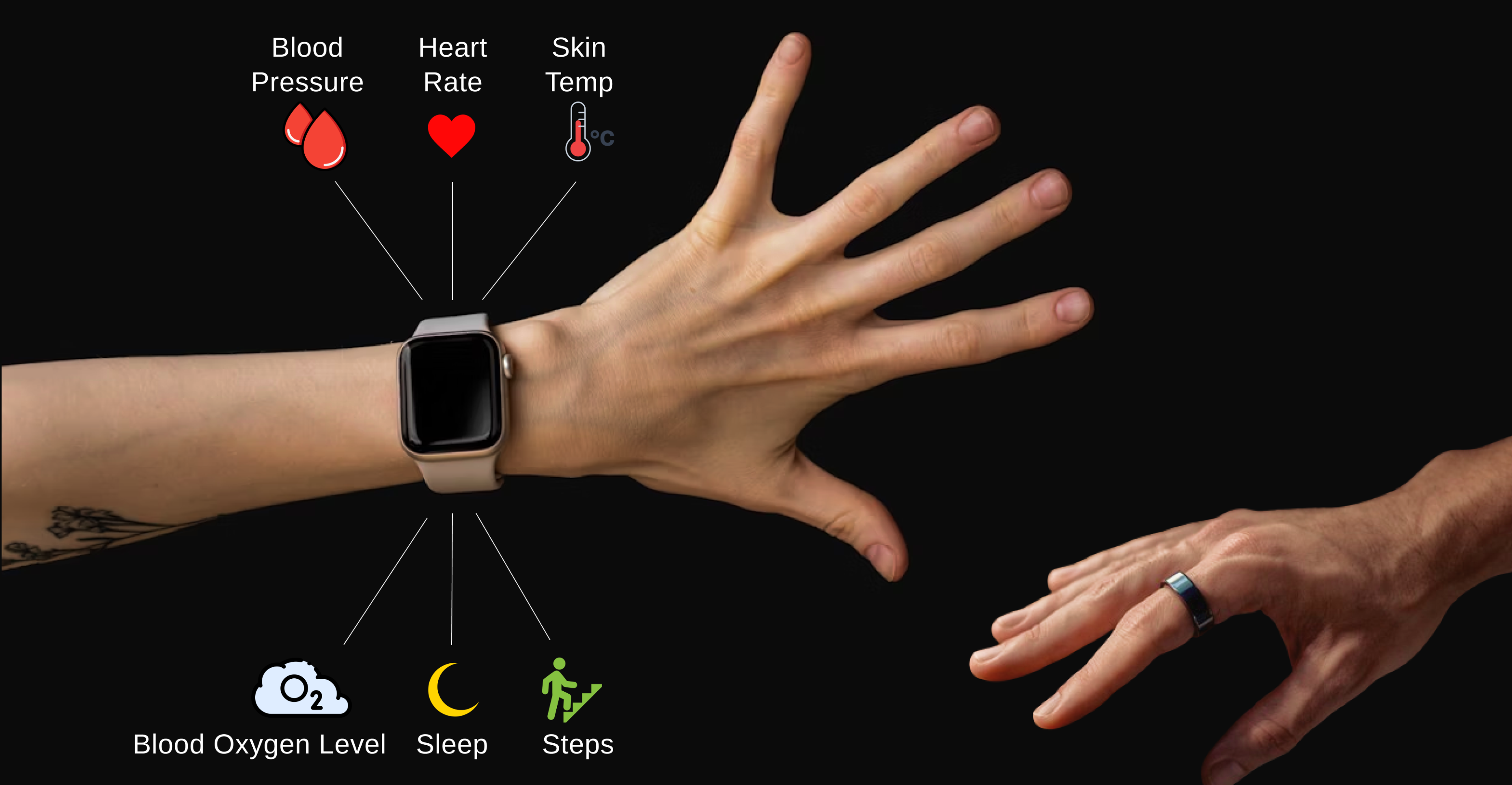AI + Wearable
Devices: Rethinking Healthcare Access
Researched why people in the U.S. delay medical care, identifying barriers like cost, health literacy, and trust. Proposed a machine learning solution using wearable devices to track health metrics and deliver actionable insights, empowering users to take control of their health.
Role
UX Researcher
Duration
2 months, May 2024
Tools Used
Figma
Context
This research project was part of a study abroad program at my university, our team was tasked with researching any global problem and proposing a STEM-based solution. We focused on understanding a critical challenge that affects people’s health, diving into the root causes and complexities of the issue.
Project Overview
This project focused on why people in the U.S. delay medical care, identifying barriers like cost, health literacy, and trust. Our team focused on understanding user behaviors, examining current health trends, and assessing the effectiveness of wearable devices in tracking vital health metrics.
Research Process
Secondary Research
.
Market Trends
.
Data Synthetis
.
Conceptualization
Discovery
This phase was focused on understanding why people delay seeking medical care and evaluating the current state of wearable technology. We identified key user personas and pain points, gaining insights into the factors contributing to medical delays.
The State of Healthcare Avoidance
We began by exploring statistics and trends that reveal why many Americans delay or avoid seeking medical care. These insights highlight systemic barriers and personal hesitations, emphasizing the need for innovative solutions to empower individuals in managing their health proactively.
1 in 3

Americans have delayed going to the doctor since COVID-19
52% cannot afford medical care

59% do not trust doctors

88% have poor health literacy skills

Secondary Research
Conducted secondary research by reviewing existing studies, reports, and articles on healthcare issues, particularly focusing on why people delay seeking medical care.
Within the last 12 months, have you or a member of your family put off any sort of medical treatment because of cost?
Literature Review
Analyzed current wearable devices like the Apple Watch, Fitbit, and other health trackers, examining the health metrics they monitor (e.g., heart rate, sleep patterns, activity levels).
Investigated how wearable technology is being used for health monitoring and its potential for early intervention in preventing serious health issues.
User Personas
Developed a set of user personas that represented different segments of the population, such as individuals with chronic conditions or those who are hesitant to visit doctors, based on the insights gained.



The Cost-Conscious User
The Distrustful User
The Health Illiterate User
This persona delays medical visits due to the high costs associated with healthcare, including consultations, tests, and treatments. They avoid seeking medical attention until absolutely necessary in order to avoid out-of-pocket expenses.
This persona has a general distrust in the healthcare system, possibly due to previous negative experiences or skepticism toward medical professionals. They delay visits to the doctor, preferring to wait for symptoms to worsen or self-manage their health.
This persona lacks understanding about health conditions, preventive care, and the importance of early intervention. Due to limited knowledge, they might not recognize when a health issue requires professional attention and avoid going to the doctor until the issue becomes severe.
Market Research
In this phase, we focused on analyzing existing wearable health devices and market trends to assess how users engage with current solutions.
Competitive Analysis
Conducted a competitive analysis of leading wearable devices to evaluate their features, functionality, and market presence. This included reviewing product capabilities in tracking vital signs, user engagement, and their integration with health data platforms.
Wearable Device Health Metrics

Market Trends
Assessed user behavior patterns, particularly focusing on how individuals interact with wearable devices and what health metrics they find most useful.
Insights
In the Insights phase, we synthesized research findings to understand user needs and the most critical health metrics for monitoring.
Data Synthesis
Examined user needs and preferences regarding wearable devices—what features would be most beneficial in encouraging proactive health management.
Identified the health conditions that could benefit most from continuous monitoring via wearables (e.g., heart disease, diabetes, high blood pressure).
Solution
In the Solution phase, we proposed a conceptual solution that integrates wearable devices and machine learning to improve health monitoring. We outlined how the solution could provide real-time health alerts and actionable feedback to users.
Conceptualization
Based on the insights from the earlier phases, conceptualized a solution that would leverage wearable devices to continuously monitor key health metrics (e.g., heart rate, oxygen levels, etc.) and use machine learning to detect anomalies or early signs of health issues.
Developed potential use cases for how the wearable device would provide real-time notifications and insights to users, helping them better understand their health and take timely action.
Evaluated potential challenges and opportunities in developing this solution, including the need for user-friendly interfaces and data privacy considerations.
